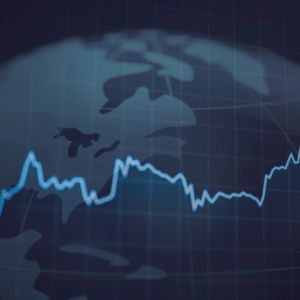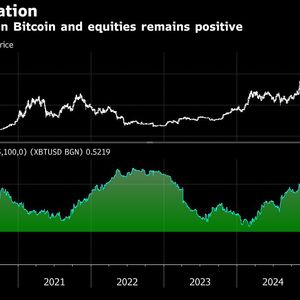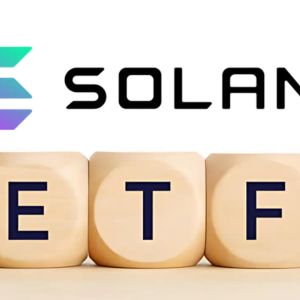Global investors have surged this year, with ex-U.S. equity funds receiving their biggest inflows since the end of 2021. Those investors seem to have redirected capital away from the U.S. over concerns about economic outlook, stretched stock values, and a weakening dollar. Inflows into ex-U.S. equities began earlier this year as President Donald Trump’s economic policies threatened the appeal of U.S. markets. Investors seem to be moving into Europe and emerging markets to benefit from easier monetary conditions and improved growth prospects. Global investors divert from U.S. markets Increased chances of a US rate cut and a weaker dollar are kindling the fire in #GLOBAL stocks. MSCI Ex US is following thru vs. US #equities Stronger breadth and superior momentum is this underowned cohort. Asia, Latam, Canada and parts of Europe – all rallying $FJP $JOF … pic.twitter.com/fWspNkguPn — David Burrows (@barometerca) August 12, 2025 Global ex-U.S. equity funds received roughly $13.6 billion in inflows in July, the highest in more than four-and-a-half years, according to LSEG Lipper. The funds also saw three straight months of redemptions, with approximately $6.3 billion in outflows. Shelton Capital Management chief investment officer Derek Izuel argued that the record shift in investors was driven by tariff de-escalation, which was a tailwind in the second quarter. He also believes that unresolved trade negotiations and policy deadlines approaching in the early third quarter could pose ongoing risks in the market. “Persistent uncertainty could reignite flows out of U.S. equities, particularly if growth differentials continue to narrow or the Federal Reserve maintains restrictive monetary policy.” -Derek Izuel, Chief Investment Officer at Shelton Capital Management Global ex-U.S. equity funds have also outperformed U.S.-focused peers, driving more outflows from U.S. equities. The MSCI Asia Pacific ex-Japan Index surged around 14% this year, while the MSCI Europe Index gained more than 19%. The S&P 500 only saw a 7.2% increase during the same period. The greenback has also seen a 10% drop this year, which has amplified returns for U.S. investors from international markets. Chief investment officer at SEI, Jim Smigiel, argued that although global diversification remains a key focus, it is too soon to tell if recent flows into ex-U.S. equities mark a sustained shift. The MSCI U.S. index 12-month price-to-earnings ratio stood at 22.6. MSCI Asia recorded a lower 14.4, as well as MSCI Europe’s 14.2 and MSCI World’s 19.7. The MSCI All Country World Index (ACWI) ex-U.S. had a banner start this year, recording 18.1% in the first six months. At the same time, it outperformed the S&P 500 by around 12%. MSCI data also showed that the European Central Bank (ECB) has outperformed the Mag 7, which makes up 32% of the S&P 500, over the past three years. Europe has benefitted from the ECB keeping rates higher for longer than expected and increased stimulus and other pro-growth measures across the Eurozone . According to FactSet, over the last 15 years, roughly 75% of the top-50 best-performing stocks in the MSCI ACWI were outside the U.S. As of June 30, the count reached 92%, showing a growing interest in equities domiciled around the world. U.S. equities record significant growth U.S. equities outperformed international equities over the last 15 years post the Global Financial Crisis. The crisis hit the global economy hard, but the U.S. bounced back faster than the rest. The U.S. managed to include a larger and quicker fiscal stimulus response to the GFC, while Europe experienced a stalled recovery due to its sovereign debt crisis. The U.S. also added monetary stimulus with near-zero interest rates, which drove a huge perceived opportunity to buy stronger U.S. risk assets. FactSet and MSCI data show that U.S. equities grew from approximately 40% of the global equity market capitalization as of June 30, 2025. The U.S.’s performance has been boosted by strong growth expectations after the new administration and the continued excitement over generative artificial intelligence. The U.S. saw a period of retracement, post-DeepSeek announcement in January, predominantly in the technology industry. U.S. equities also experienced volatility due to the proposed tariffs in April 2025, but bounced back as investors downplayed the latest tariff-related deals and negotiations. Nvidia, Meta , and Amazon account for 50% of the S&P 500’s gain through June 30, 2025. If you're reading this, you’re already ahead. Stay there with our newsletter .














